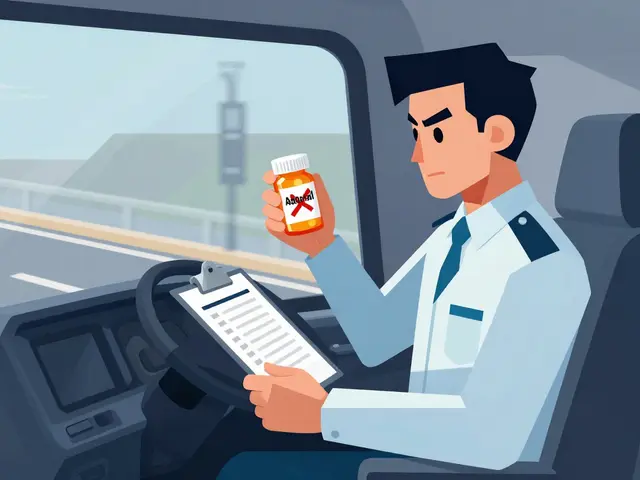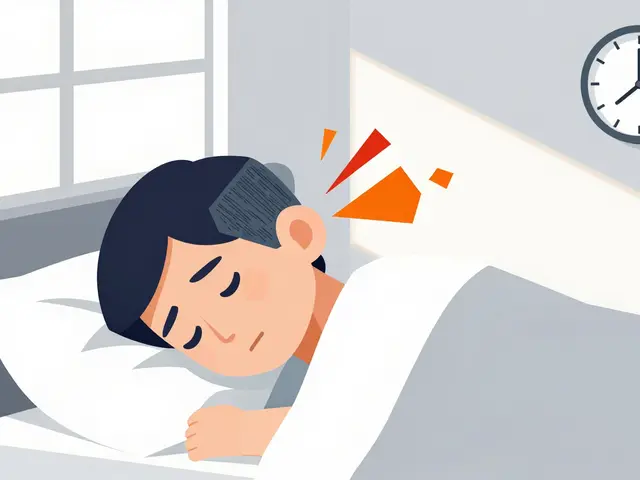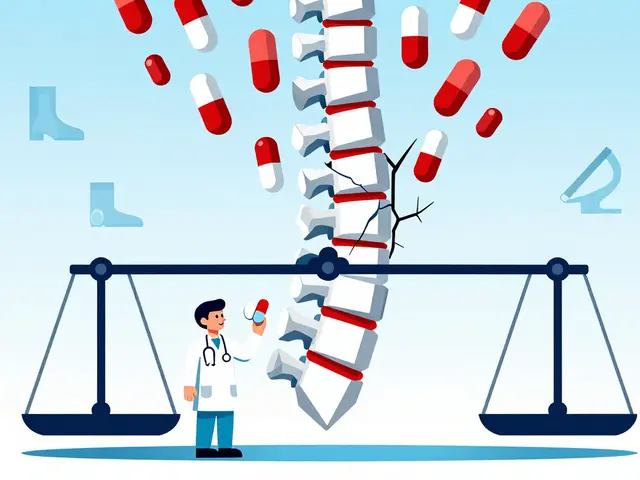Mechanism of Action — What It Means and Why It Helps You
Mechanism of action (MOA) is a plain phrase for how a drug does its job in the body. Knowing MOA helps you understand why a medicine works, what side effects to expect, and which drugs might clash. You don’t need a pharmacy degree to get the main idea.
Why MOA matters in everyday choices
If you know a drug’s MOA, you can see patterns. For example, metoprolol (Toprol) works by blocking beta receptors in the heart, so it lowers heart rate and blood pressure. That explains common side effects like tiredness or cold hands. Erythromycin (Ilosone) stops bacteria from making proteins, which explains why it treats infections but can upset the stomach.
MOA also explains combinations. Trimethoprim/sulfamethoxazole blocks two steps in bacterial folate production, so the combo is stronger than either alone. On the flip side, drugs that act the same way can add effects; two blood pressure meds that both lower heart rate might drop it too far. That’s why articles about interactions, like Terazosin drug warnings, matter.
Quick examples that make sense
Here are short, concrete MOA snapshots from common drugs you’ll see on this site:
- Efavirenz (Sustiva) — binds to HIV reverse transcriptase and stops the virus from copying its RNA into DNA.
- Buspirone (Buspar) — targets serotonin receptors to reduce anxiety without strong sedation or addiction risk.
- Levothyroxine — replaces the thyroid hormone T4, restoring normal metabolism for people with hypothyroidism or Hashimoto’s.
- Gabapentin — attaches to calcium channel subunits in nerves to reduce abnormal firing that causes pain or seizures.
- Cyclosporine (Neoral) — blocks calcineurin, lowering immune activity to prevent organ rejection or treat autoimmune issues.
Some drugs have unclear MOA. Phenazopyridine relieves urinary pain by numbing the urinary tract lining, but it doesn’t treat infections. Knowing that avoids expecting it to work like an antibiotic.
MOA info saves you from confusion. If two meds act the same way, you might not need both. If a drug affects a system you already have trouble with, that flags extra caution.
How to use MOA when reading about a medicine: check what the drug targets, match that to symptoms you want to treat, and note common or serious side effects tied to the same target. When in doubt, ask your clinician: mention the MOA and ask how it applies to your other meds and conditions.
Browse the tag page to read posts that explain MOA in plain terms. Articles here break down drugs like antibiotics, heart medicines, and psychiatric meds so you can make smarter choices and ask better questions at your next appointment.
Want clarity on a specific drug’s MOA? Pick a post from this tag and read the short MOA summary near the top — it usually gives the core action and practical takeaways in plain language.
As a blogger, I recently looked into the science behind Clotrimazole and found it quite fascinating. Clotrimazole works by inhibiting the production of ergosterol, a vital component of fungal cell membranes. In doing so, it weakens the fungus's protective barrier, eventually leading to its demise. It's commonly used as a topical treatment for fungal infections like athlete's foot, ringworm, and yeast infections. I'm truly amazed at how this powerful antifungal medication can help fight off these pesky infections!
Continue reading...





